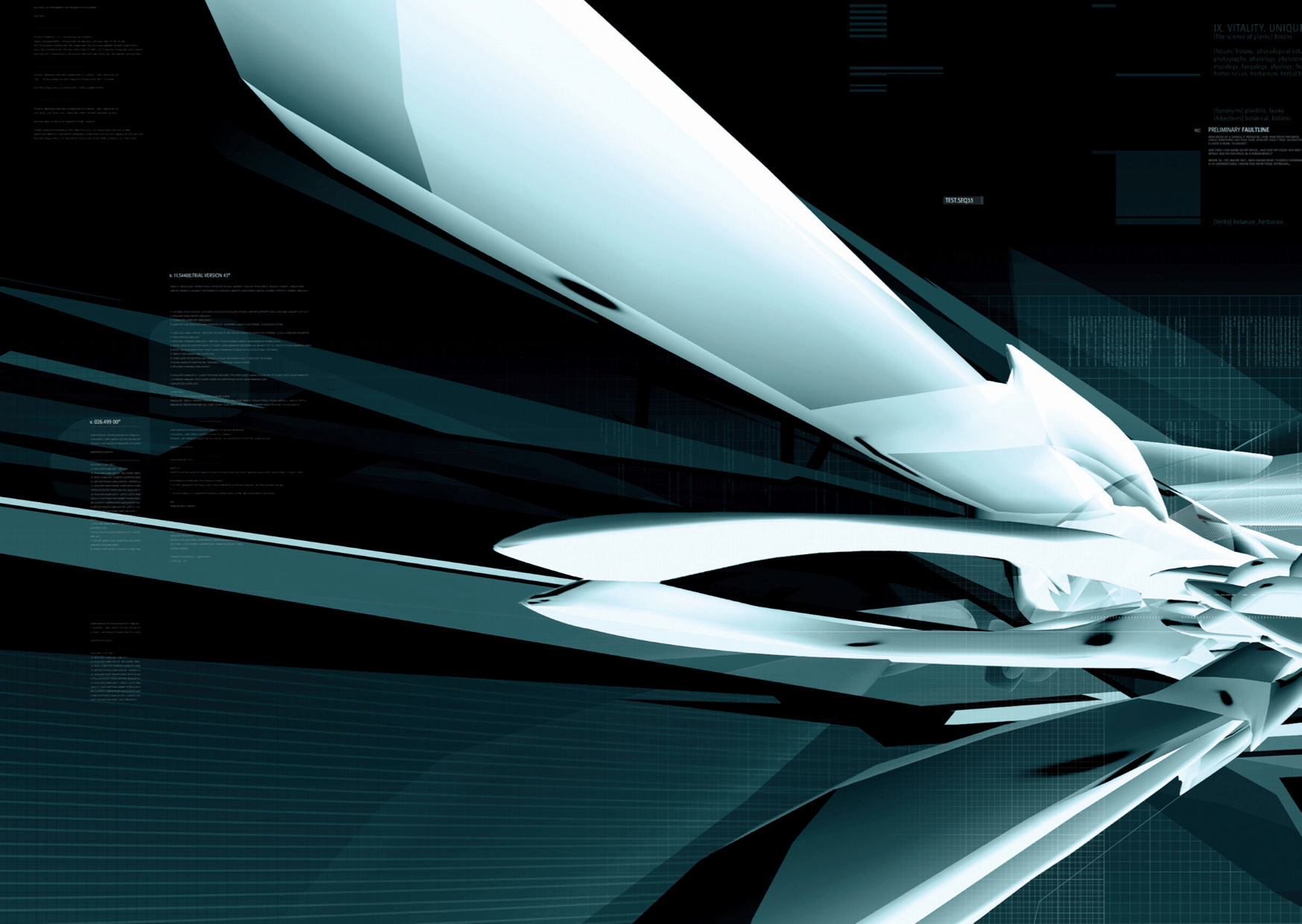Meet Joy, A Female Engineer Designing Our Future at The Royal College of Art
I’ve always been fascinated with the natural and man-made world. I was one of those kids who would read encyclopaedias for fun (back when physical encyclopaedias still existed) and try to collect as many bugs or critters as I could. Then I took a course at secondary school, where I was introduced to Autodesk suite as well as general mechanical design. It felt like magic to not only visually build, but mechanically test products through software. When I got to university (the Georgia Institute of Technology in the US), most of my fellow students in Mechanical Engineering cited legos and taking apart trinkets as their inspiration for their choice. However, because I didn't have the same background, in my first year at university I had the crazy notion that I wasn't meant to be an engineer.
Women/non-male identifying students were still a minority in Mechanical Engineering at the time, although the ratio has been improving over the years. In the higher level engineering classes, sometimes there would be just a handful of women in a class of 40 or more. Out of my seven engineering work placements/ internships, there was only one internship in which I reported to a female engineer. This is why participating in women's scholarship programs such as the Society of Women Engineers and Women in Engineering provided much-needed role models and perspective shift. I saw women of all philosophies, backgrounds and personalities making incredible technical and professional progress. It feels like a small thing, but in subconscious ways it made all the difference. Only later did it become clear that my different background was actually an asset in problem solving in engineering and beyond - which is why I’m in Innovation Design Engineering now.
The IDE program, a unique partnership between Imperial College, London and the Royal College of Art, is pretty special and hard to explain. Everyone involved in the program has different goals, but the same driving force - to nurture their unique set of skills or passions that don't necessarily fit neatly into an existing category. It is essentially design + creative engineering within an often futurist context. What will XYZ be like 10-20 years from now, and how can we find opportunities in the present so that we can reach that vision? The program has helped in spawning some fascinating ventures like Gravity Sketch, Jelly Drops and Shellworks, among others.
Gravity Sketch (https://develop3d.com/opinion/gravity-sketch-virtual-reality-oluwaseyi-sosanya-immersive-3d-design/) is a virtual reality design tool which represents ideas and designs in 3D.
Looking back in history, many groundbreaking innovations have happened at intersections of established disciplines. I think often people too readily dismiss the approaches of other disciplines, especially in the case of art vs tech and science. By contrast, my experience in those fields convinced me that the disciplines are actually aligned in an intrinsic, human way. What differs is just the surface level methodology, which often acts as a barrier to interdisciplinary communication. The iPhone's success, for example, was born at the intersection of user experience design and technical development. Social economics (Nudge economics) occurred at the intersection of qualitative sociology and quantitative economics. Going forward, establishing bridges between different disciplines will be all the more important due to the challenges we face (climate change, social inequality, viral/superbug pandemics).
To me, technology is a reflection of our society and time in history. Peter Paul Verbeek is a huge influence on me in understanding the hidden morality and motives in any design and technology. How "good" a technology is changes every generation, depending on the context. Sanitised plastic packaging in medical materials prevent fatal infections during surgery, but single-use plastic waste pollutes our waters and lands. The Industrial Revolution drastically increased pace of progress but scarred countless ecosystems. But I do believe in the goodness of humans, so I believe in the good we will try to put into our technologies.
A final note of inspiration: Don't let what "you're supposed to be" discourage you from pursuing ideas and careers. What sets you apart is part of why you are powerful. I'm inspired by you all!
Interested in learning more about Joy’s involvement in groundbreaking innovation? Why not take one of her online masterclasses:




